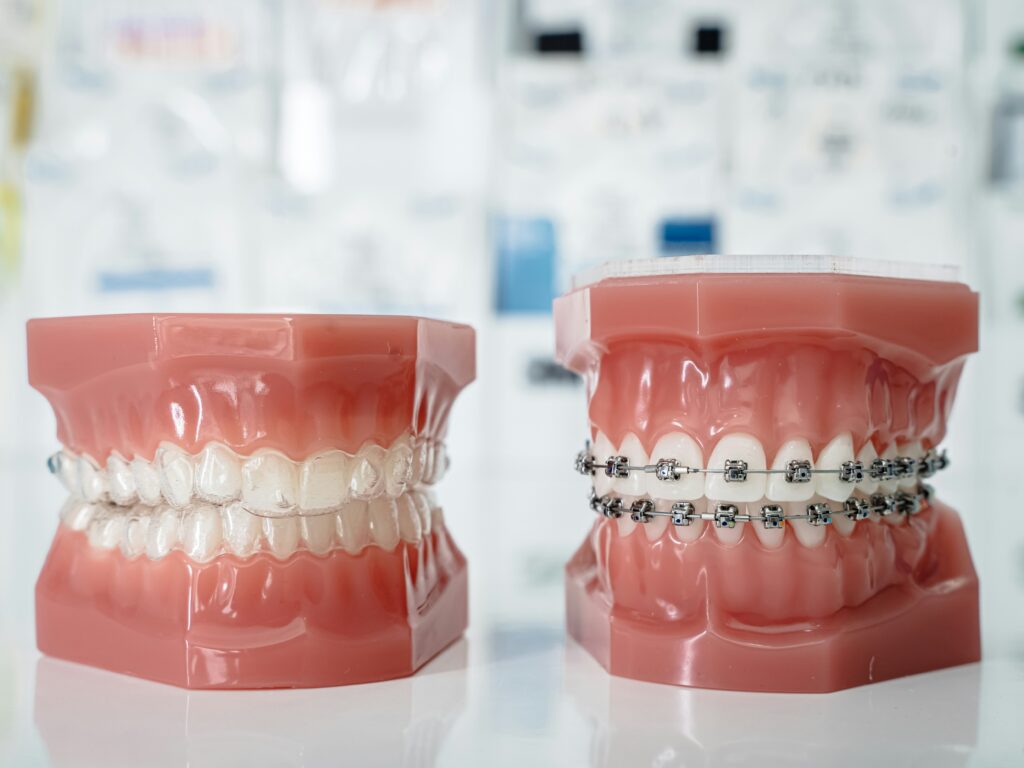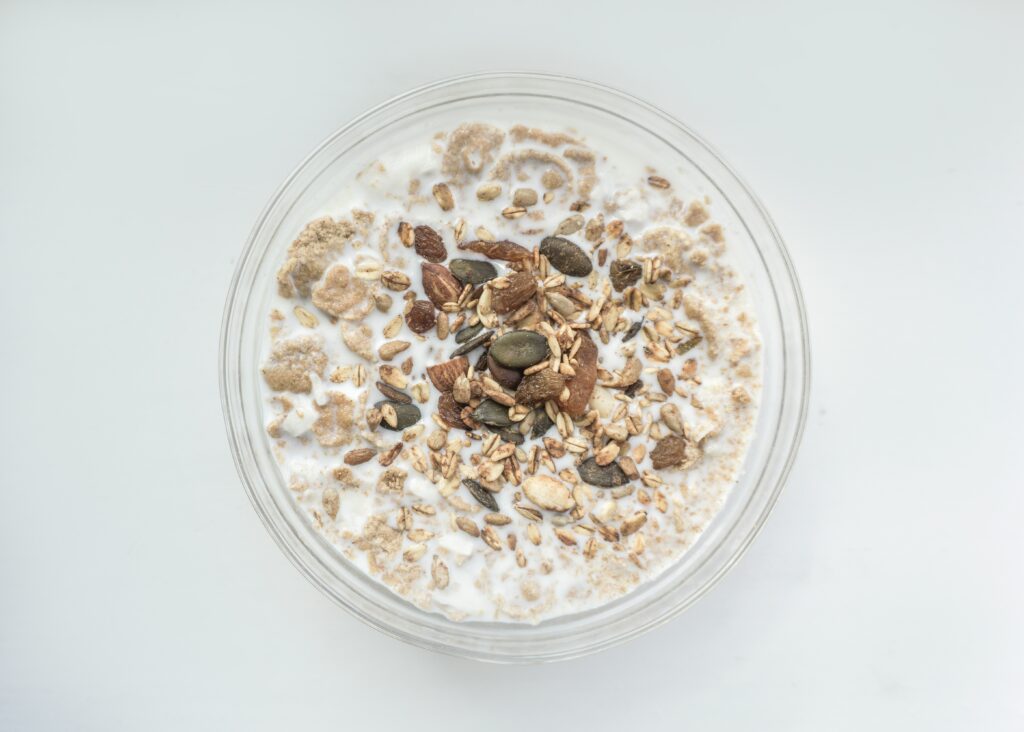
Preparing for braces involves knowing what to expect and how to make the process smoother. This guide covers mental preparation, managing discomfort, essential supplies, and key tips for diet and hygiene. We’ll also walk you through your first appointment. Let’s begin this journey towards a healthier smile.
Key Takeaways
- Mental readiness for braces is key; knowing the benefits can ease anxiety and motivate you.
- Initial discomfort is common but temporary; stocking up on orthodontic supplies and pain relief can help.
- Diet changes are significant; opt for soft foods and avoid hard, sticky items to protect your braces.
Mental Preparation for Wearing Braces
The mental preparation for wearing braces is as crucial as the physical aspect. Understanding the purpose behind braces can help set the right expectations. The primary goal of braces is to straighten teeth and improve overall oral health. Knowing that you are investing in your future self by achieving a healthier smile can be a powerful motivator.
Learning about the process can ease much of the anxiety about getting braces. Consider reading about others’ experiences and focusing on the long-term benefits. If nerves set in, remember that the pain is minimal and the results are worthwhile.
While most people get orthodontic treatment around the age of 12 or 13, it’s never too late to achieve that perfect smile.
Expect Initial Discomfort
Anticipating some initial discomfort can help you mentally brace for the first few weeks of getting braces. Most patients experience tenderness and soreness as their teeth begin to shift. This discomfort usually lasts for the first week or two, but rest assured, it is temporary.
Over-the-counter pain relief medications can effectively manage this initial discomfort. Keeping these medications handy can relieve and make the adjustment period more bearable.
It’s also beneficial to maintain a positive outlook on life. Personal stories about wearing braces can offer comfort and reassurance. Remember, most people find that the slight discomfort is a small price for the long-term benefits of a beautiful and healthy smile. You can wear braces with confidence.
Stock Up on Orthodontic Supplies
Stock up on the right orthodontic supplies beforehand to ensure comfort and maintain oral hygiene. Orthodontic wax, special floss for braces, and a soft-bristled toothbrush are must-haves. Orthodontic wax can relieve irritation caused by braces, especially during the initial adjustment phase.
Special floss designed for braces is necessary because regular floss cannot reach between the teeth with wires. Although you’ll still need to use a regular toothbrush twice per day, a extra specialized toothbrush (sulca brush) cleans around brackets and wires more effectively, ensuring better oral hygiene. You can use this if you notice more plaque build up around brackets.
Consider getting an interdental brush and a water bottle to rinse your mouth as needed. These supplies will make the braces experience more comfortable and help maintain oral health throughout the treatment.
Clean Your Teeth Thoroughly
Cleaning your teeth thoroughly before the braces fitting is crucial. Brushing and flossing your teeth helps eliminate plaque and ensures better adhesion for the braces. Rinsing after brushing can help remove any remaining debris. Orthodontic flossers can simplify the flossing process for individuals with braces.
A water flosser can reduce plaque buildup around braces compared to traditional flossing methods, and many people find this easier to use as well. Additionally, fluoride mouthwashes benefit braces wearers by helping combat bacteria and plaque.
Professional cleanings by a hygienist are recommended before AND during orthodontic treatment. Plaque buildup can lead to cavities forming and other issues under braces, so maintaining excellent oral hygiene is essential.
Modify Your Diet

Diet modification is essential when preparing for braces. Eating soft foods can facilitate the adjustment period, reduce discomfort, and prevent damage to the braces. Oatmeal, scrambled eggs, yogurt, and other soft foods are recommended.
Avoid sticky (like candy) or hard foods to prevent damage to braces. Chewy foods and extreme temperatures should also be avoided early on to minimize tooth sensitivity and ensure you can properly bite. These dietary changes, including limiting sugary foods, will help ensure a smoother transition to wearing braces.
Visit Your Dentist for a Check-Up
A dental check-up before getting braces ensures optimal dental health. Dental issues like cavities can be identified and treated during this check-up to prevent complications during orthodontic treatment. It is essential to be prepared for any necessary procedures involving gums and to address concerns like tooth decay, including the health of your molars.
General dentists are crucial in evaluating overall dental health and referring patients to orthodontists if specialized care is needed. Addressing dental issues beforehand ensures a smoother braces experience and helps achieve the best results.
What to Bring to Your First Braces Appointment
Bring necessary paperwork such as dental and medical history forms, insurance information, identification documents, and patient consent forms to make your first dentist visit smoother. Providing a list of current medications is also important, as some may interact with orthodontic treatments.
Also, bring lip balm for moisturization, a water bottle for hydration, and something to keep you entertained, like a book or music player. These items will help make your first braces appointment more comfortable and stress-free.
Understand the Braces Placement Process
Knowing the braces placement process can help alleviate any anxiety. The initial exam will involve a clinical exam by the orthodontist, x-rays, and a scan of your teeth.
The actual placement of braces is typically on a different day than the initial exam. This appointment is around 1-2 hours long. Brackets are securely attached to each tooth using a special adhesive. A wire is threaded through the bracket, and rubber bands or ligatures hold the wire in place. Initial discomfort may arise a few hours after braces are fitted, but this is normal.
Post-Braces Care

Adhering to your orthodontist’s aftercare guidelines is crucial for the best results. Excellent oral hygiene and fluoride products protect tooth health during treatment.
Sensitivity and mild aching in the teeth and jaws are common after braces placement, but this discomfort typically subsides within a week. As the mouth adjusts, orthodontic wax can help soothe any irritation caused by the braces, especially if you feel sore.
Regular Adjustments and Check-Ups
Regular adjustments and check-ups are vital for the success of your orthodontic treatment. You should visit your orthodontist for adjustments every 4-12 weeks. These appointments monitor progress and maintain oral hygiene.
Orthodontists may check braces for progress during these appointments and take photos/x-rays to assess tooth movement. Regular check-ups help avoid prolonged treatment and additional dental issues.
Cost of Braces Treatment
The cost of braces and aligners varies based on the different types, complexity, and duration of the treatment. Once you have your initial exam, your orthodontist and team will provide a fee estimate. Flexible payment plans can help manage the treatment options’ cost over time. Direct billing to insurance is also available to facilitate payment.
Lingual braces are another type of braces that are bonded to the back of your teeth, instead of the front. The cost of lingual braces can be higher than regular braces or aligners due to the complexity of the treatment.
Book a Free Consultation
A free consultation at InLine Orthodontics lets you discuss your treatment plan and receive personalized advice. Patients receive a customized treatment plan and cost estimate during the complimentary consultation.
Consultations for both children and adults ensure everyone has access to orthodontic care. Health Savings Accounts (HSAs) and Flexible Spending Accounts (FSAs) can help cover the costs and provide tax benefits.
Summary
In summary, preparing for braces involves several necessary steps, from mental preparation to modifying your diet and stocking up on essential supplies. Regular check-ups and maintaining proper oral hygiene are crucial for the best results from your orthodontic treatment.
Braces are an investment in your future self, leading to better oral health and a beautiful smile. By following the tips and guidelines in this guide, you’ll be well-prepared for your braces journey and on your way to a healthier, more confident smile.
Frequently Asked Questions
Is a referral needed to visit the orthodontist?
You don’t need a referral to visit an orthodontist so that you can make an appointment directly. Just contact a local practice to get started!
What type of billing does InLine Orthodontics offer?
InLine Orthodontics offers flexible payment plans, as well as direct billing, making it easier for you to manage your orthodontic expenses. It’s a convenient option that can streamline your payments!
How does a patient describe their experience with Dr. Trpkova at InLine Orthodontics?
Patients rave about Dr. Trpkova, highlighting her skill and care as the key to achieving healthy and beautiful smiles. She makes a positive impact on their orthodontic journey.
